A Lamentation for the Distinctive
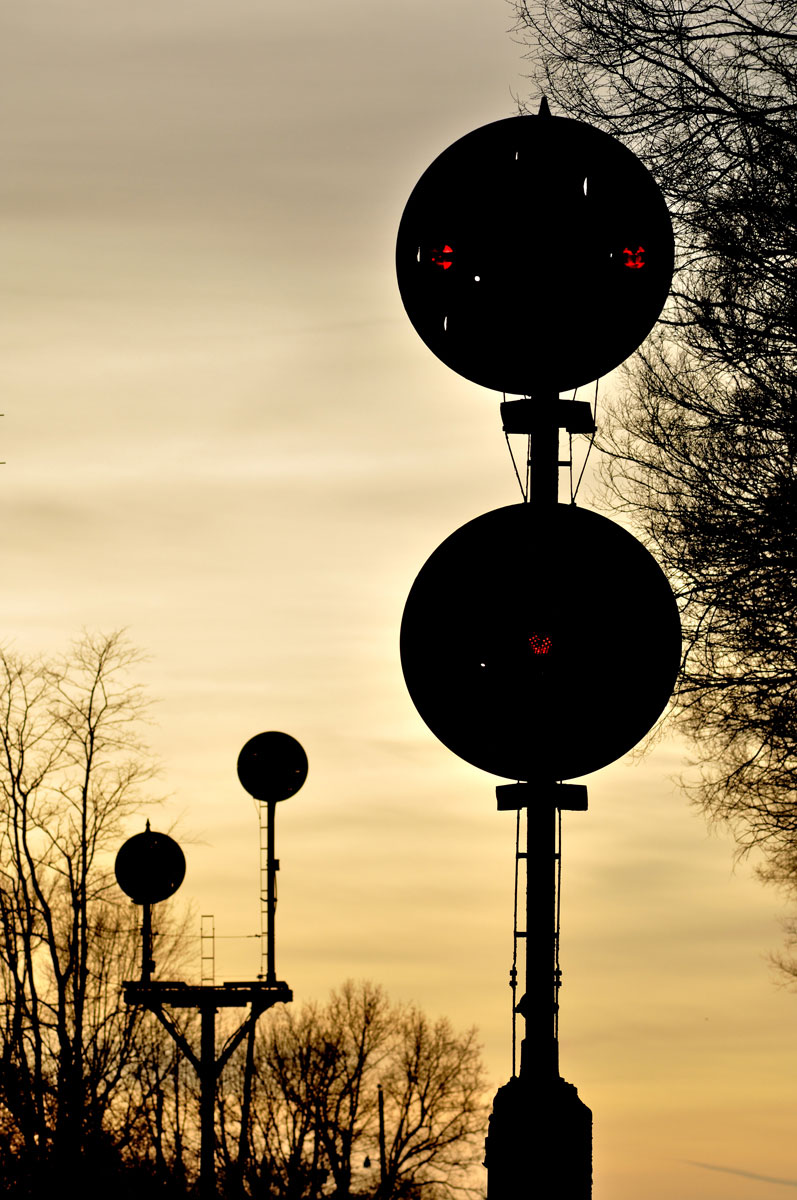
Railroads have long been known for doing things their own way. Often, this is quite contrary to the way things are done in other industries, and is perhaps even contradictory to logic. “Peculiar” would be a good word to describe the idiosyncrasies of railroads. But this is part of what endears the railroad to those of us afflicted with the love of the steel wheel upon the steel rail.
For years upon years upon decades, the individual railroad companies in the United States distinguished themselves by having their own distinctive operating practices and philosophies. Manifested as “personalities” or “flavors,” this individuality showed up most noticeably in locomotives and rolling stock, but also in the form of stations, signals and signage. You could easily tell on whose railroad you were simply by noticing these distinguishing characteristics; you didn’t need to see a train to know exactly on whose line you stood. Remember when overpasses were marked with the name and herald of the railroad? Why, even something as simple as a milepost could look markedly different from one railroad to another. This individuality, this uniqueness, was worn by the railroads with pride, a pride and identity you would not see anywhere else, on any other railroad.
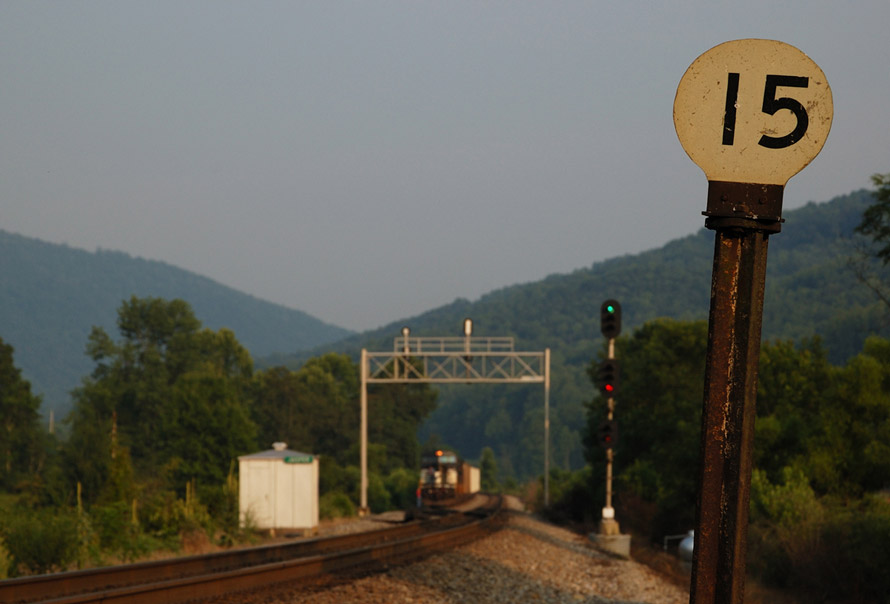
The railroad depot, often the center of town, and once upon a time, the center of the universe, was the boldest expression of a railroad’s identity, its interface with the public, where outsiders could look in upon the strange world of railroading. With the decline of the American passenger train, many stations were razed, and the ones that remain are, in many instances, no longer used by the railroads, having been converted to other purposes such as libraries, community centers and even hair salons and tractor dealerships. Those depots that remain in some form of railroad service are, in the words of writer Alexander Benjamin Craghead, “Temples to a Forgotten Religion.”
Sadly, all railroads are now beginning to look the same.”
With mergers, the old names and heralds and paint schemes have been gone for some time. What remains to testify to the distinctive are signals and mileposts, built to stand the test of time, yet now increasingly defeated by the inexorable march of progress.
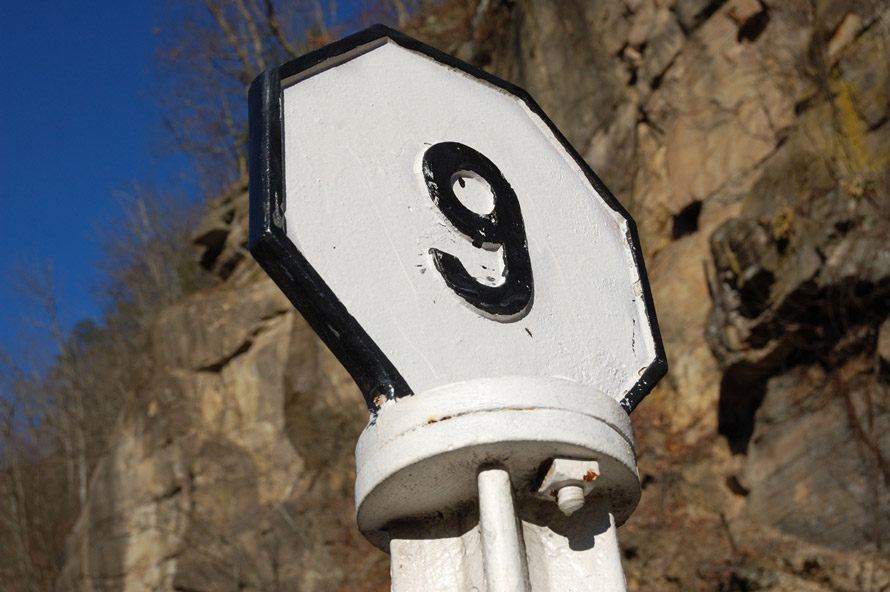
Yes, sadly, all railroads are now beginning to look the same. Through signals and signs the old identities have been at least partially (and inadvertently) preserved and now, even that is being lost. Subsumed by standardization, the unique and the distinctive has been replaced by the plain, the universal, the mundane and undifferentiated. Mass produced signage has taken the place of that once produced in individual railroads’ shops. The transition to Positive Train Control (PTC) has seen the searchlight, the semaphore, the color position light replaced by the onslaught of mind-numbingly common PTC signaling. Even the venerable concrete milepost has not been safe, being shouldered aside by generic aluminum plates mounted on aluminum poles. In some places, this change has been slow, like evolution, taking place over a long period of time; in others, it has been jarringly sudden.
Of course, even these plain vanilla signals and signs will make for photo props, adding visual interest. But eventually, these boring, predictable replacements for the classics will not give us the sense of place we once knew. With run through power now the norm, even trains themselves don’t immediately lend themselves to particular places, and one can be hard pressed to distinguish one railroad from another. The signs and signals in California are apt to be quite similar, if not indeed identical, to those found in North Carolina.
Alas, the older signals, the mileposts, the signs, like the railroad companies that produced them and used them, are now surely consigned to history. Through photography, they give us a sense of place, but more a sense of time, of what was and what shall never be again, and of the distinctive now long past.
Eric Miller – Photographs and text Copyright 2017
See more of Eric’s work at https://www.flickr.com/photos/ericmiller72
Image Gallery - Click on photo to open in viewer.
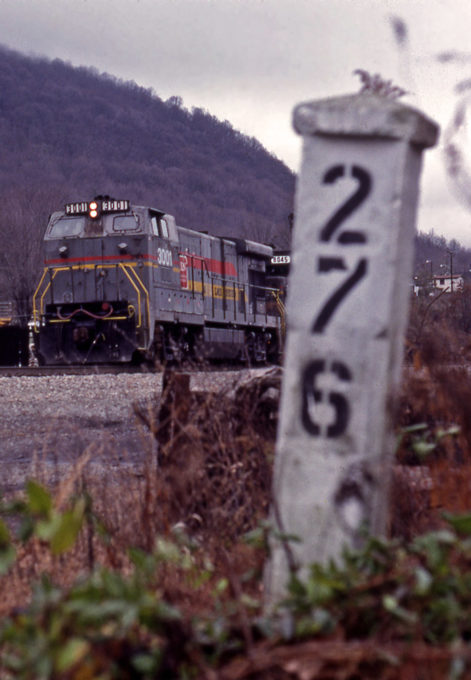
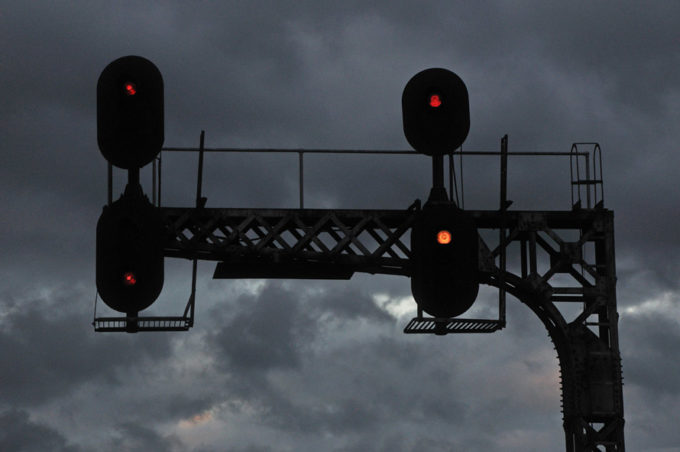
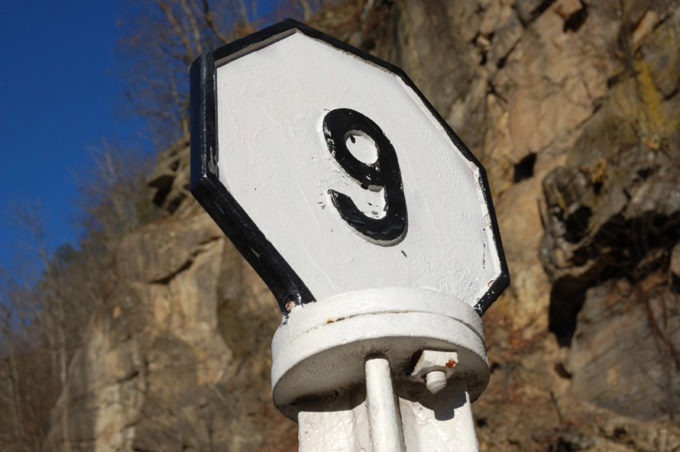
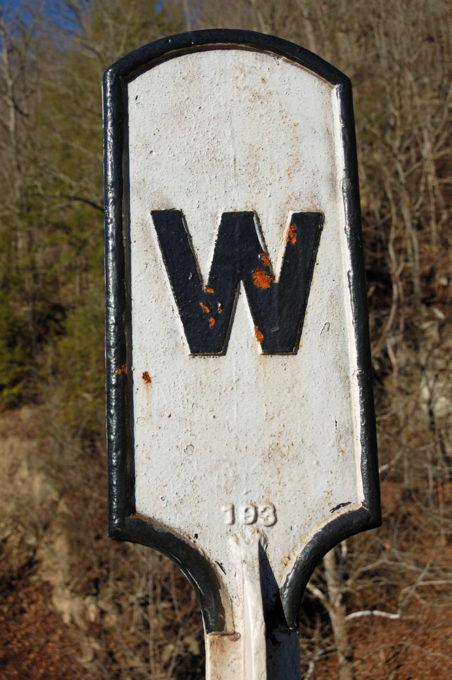
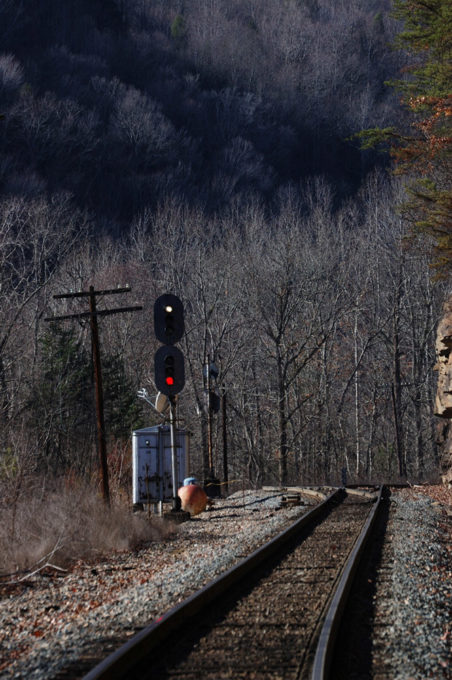
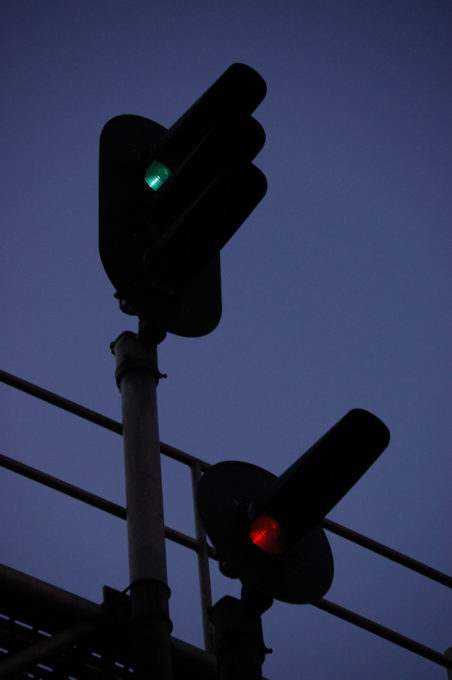
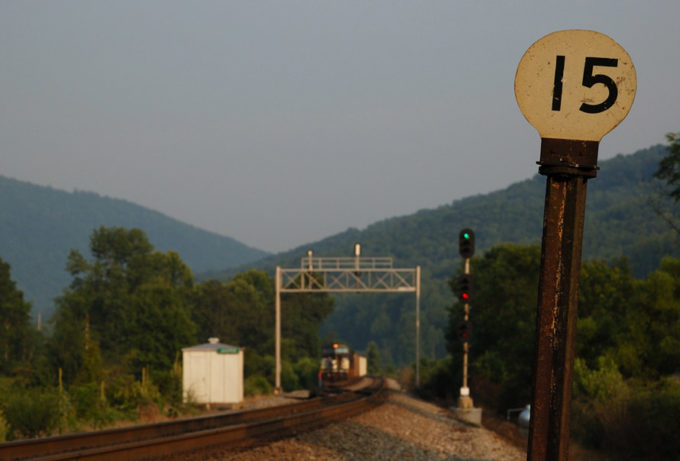
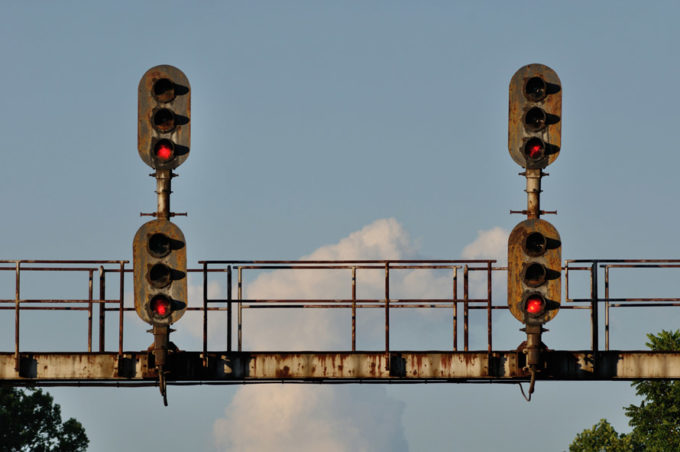
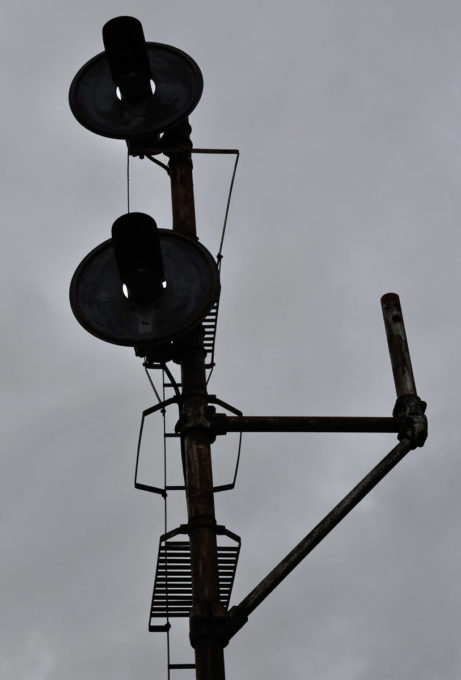
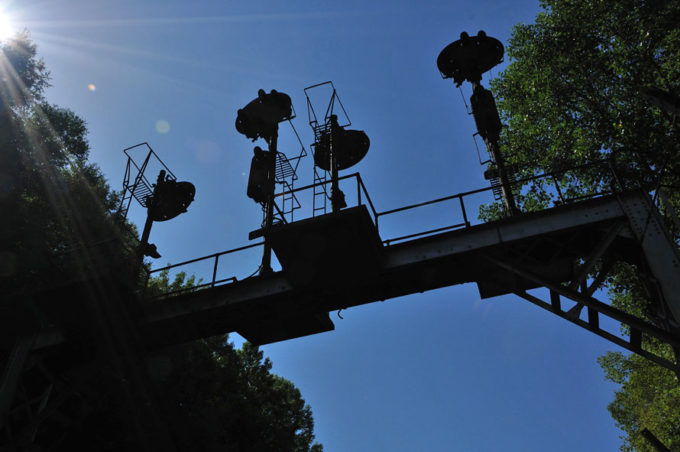
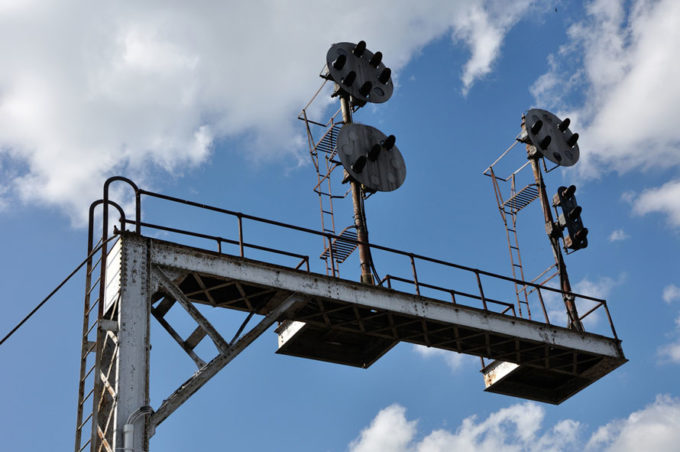
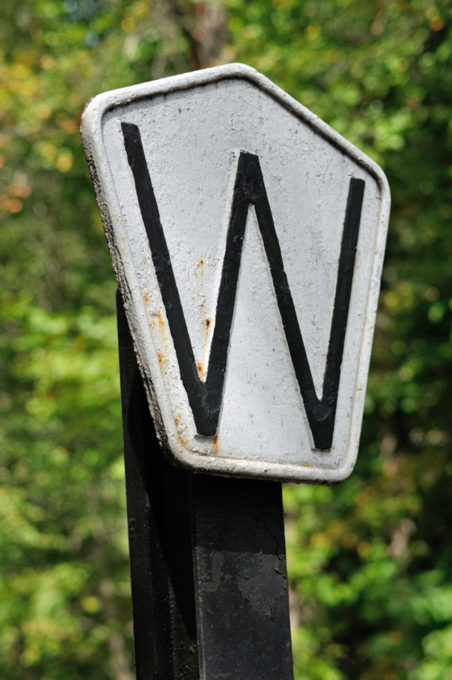
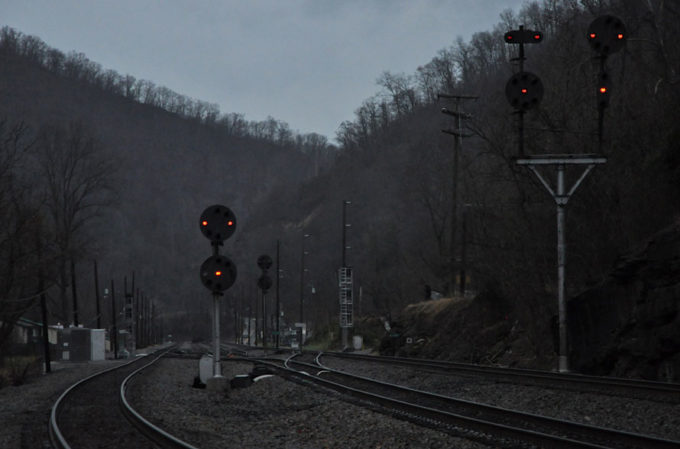
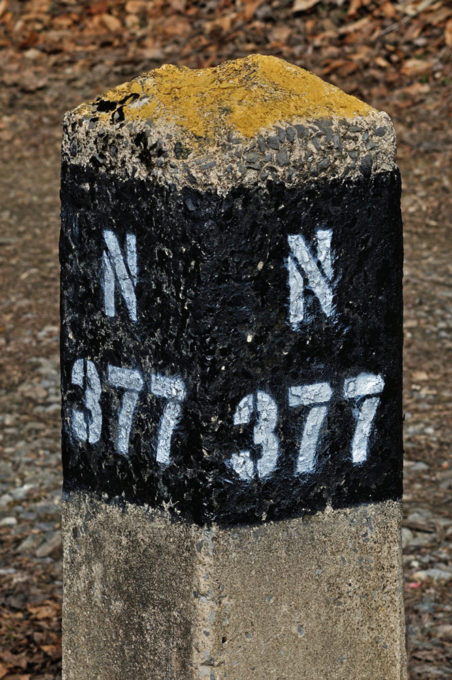
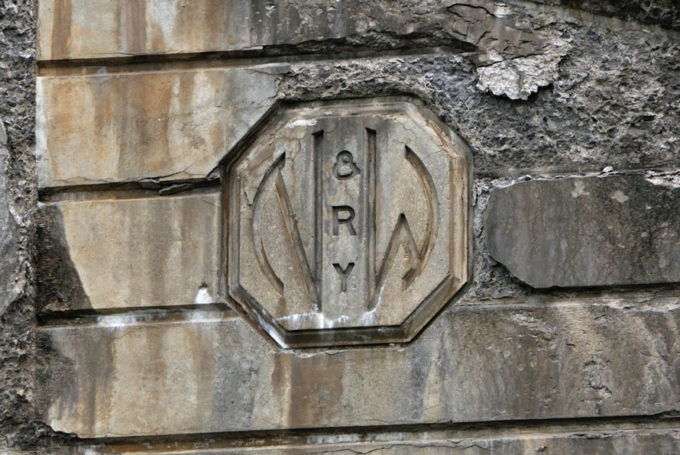
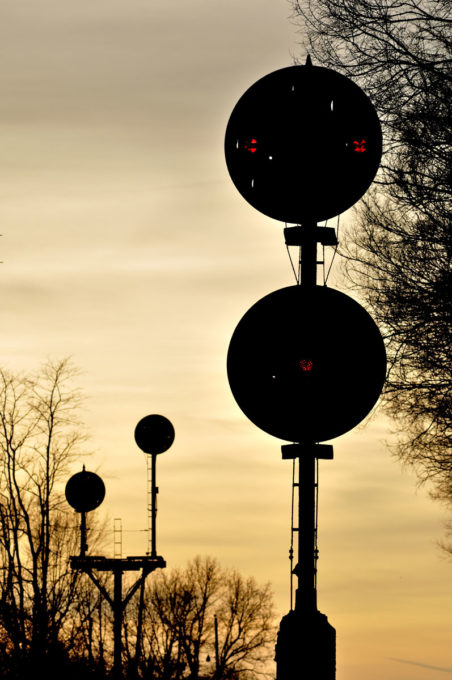
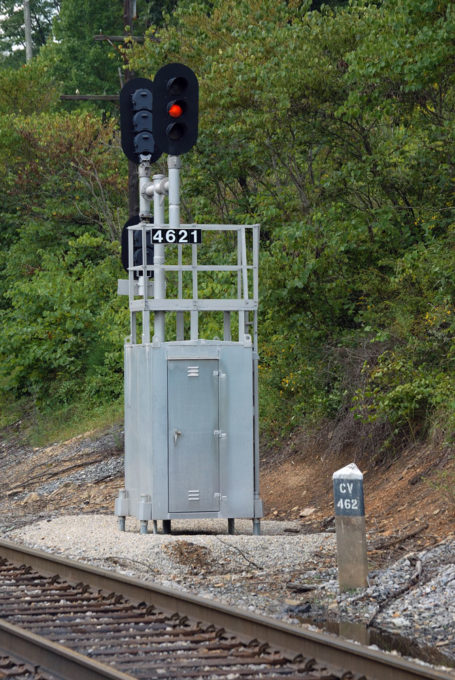
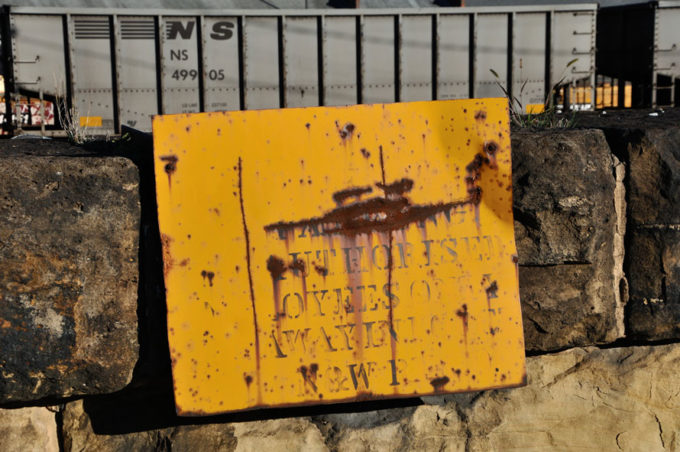
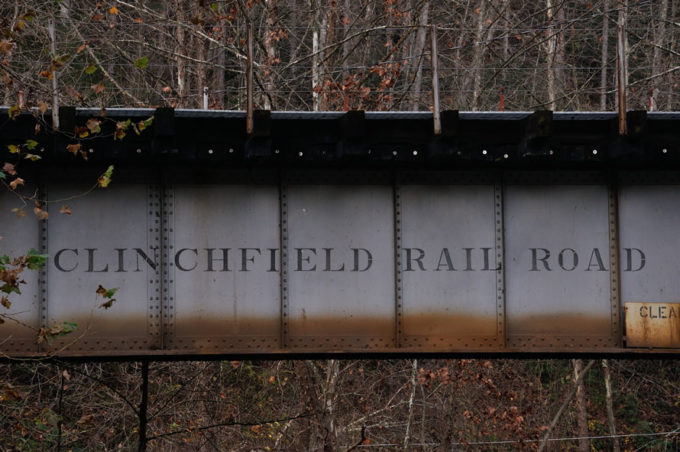
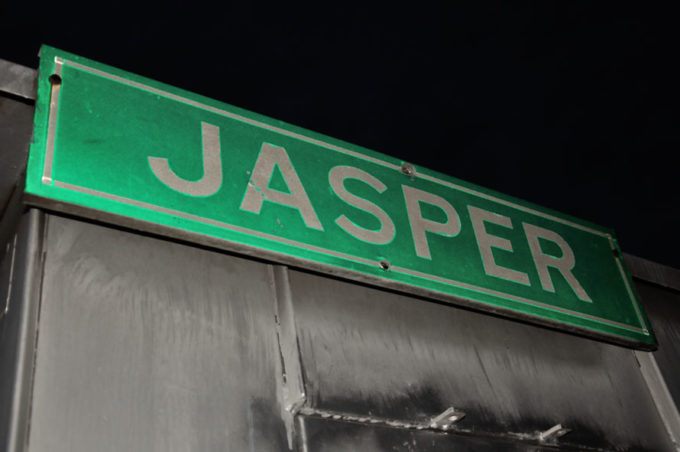
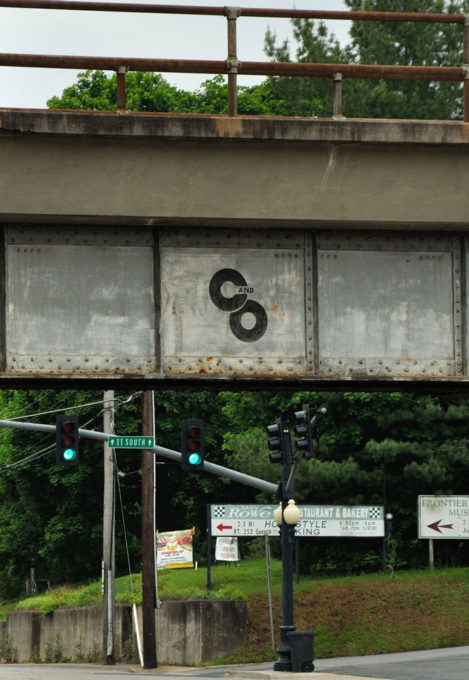
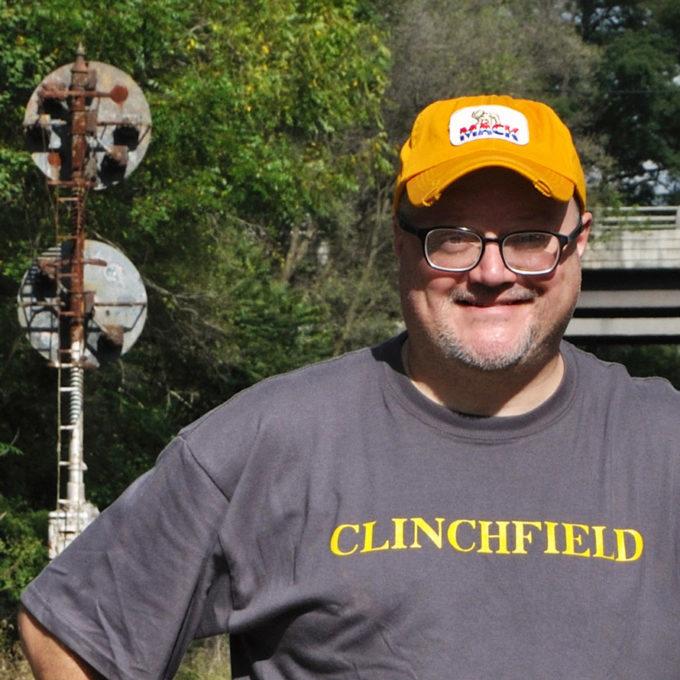
Another good example of “photograph them while you can.” I still find a lot in Ohio, but still noticeable are those that are missing when I go back to find them. I am thankful for both collectors and museums the have strived to save some of the actual items so they are not lost forever.
Nicely written, Eric and some excellent photos to go with your words.
Great article Eric and excellent images to go with.